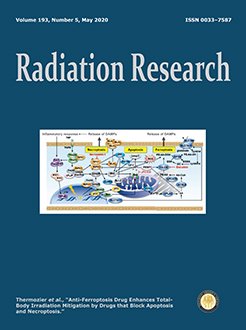Stereotactic radiotherapy (SRT) is recommended for treatment of brain oligometastasis (BoM) in patients with controlled primary disease. Where contrast enhancement enlargement occurs during follow-up, distinguishing between radionecrosis and progression presents a critical challenge. Without pathological confirmation, decision-making may be inappropriate and delayed. Quantitative imaging features extracted from routinely performed examinations are of interest in potentially addressing this problem. We explored the added value of the radiomics method for the differential diagnosis of these two entities. Twenty patients who received SRT for BoM, from any primary location, were included (8 radionecrosis, 12 progressions, pathologically confirmed). We assessed the clinical relevance of 1,766 radiomics features, extracted using IBEX software, from the first T1-weighted postcontrast magnetic resonance imaging (MRI) after SRT showing a lesion modification. We evaluated seven feature-selection methods and 12 classification methods in terms of respective predictive performance. The classification accuracy was measured using Cohen's kappa after leave-one-out cross-validation. In this work, the best predictive power reached was a Cohen's kappa of 0.68 (overall accuracy of 85%), expressing a strong agreement between the algorithm prediction and the histological gold standard. Prediction accuracy was 75% for radionecrosis, and 91% for progression. The area under a curve reached 0.83 using a bagging algorithm trained with the chi-square score features set. These findings indicated that the radiomics method is able to discriminate radionecrosis from progression in an accurate, early and noninvasive way. This promising study is a proof of concept, preceding a larger prospective study for defining a robust model to support decision-making in BoM. In summary, distinguishing between radionecrosis and progression is challenging without pathology. We built a classification model based on imaging data and machine learning. Using this model, we were able predict progression and radionecrosis in, respectively, 91% and 75% of cases.
How to translate text using browser tools
11 March 2020
Radiomics Method for the Differential Diagnosis of Radionecrosis Versus Progression after Fractionated Stereotactic Body Radiotherapy for Brain Oligometastasis
Liza Hettal,
Anais Stefani,
Julia Salleron,
Florent Courrech,
Isabelle Behm-Ansmant,
Jean Marc Constans,
Guillaume Gauchotte,
Guillaume Vogin
ACCESS THE FULL ARTICLE

Radiation Research
Vol. 193 • No. 5
May 2020
Vol. 193 • No. 5
May 2020




